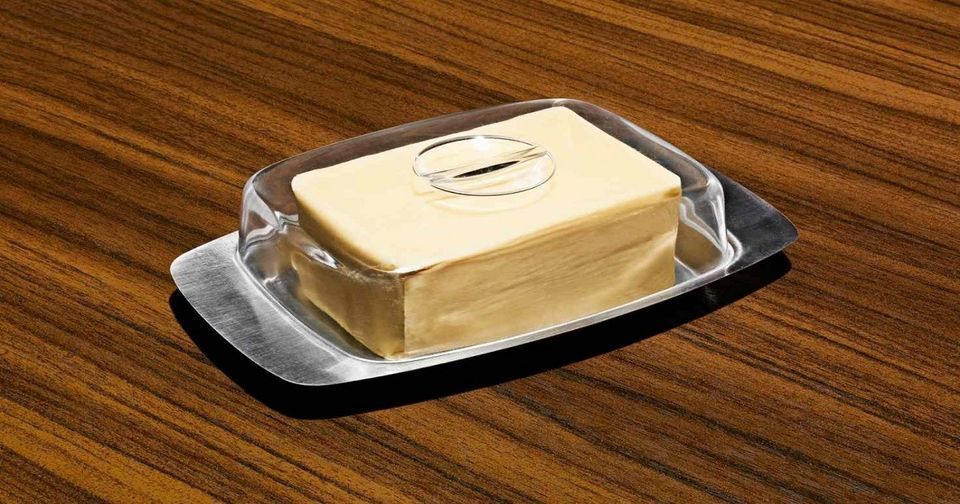Cool and Dry Location: Find a cool, dry spot in your kitchen away from direct sunlight or heat sources. This will help maintain a stable temperature for the butter.
Use a Butter Bell: A butter bell or butter crock is another option. It uses water to create an airtight seal around the butter, preventing outside odors from affecting its flavor.
Speeding Up the Softening of Cold Butter
Sometimes you’re in a hurry to use your butter, and it’s been sitting in the fridge. Here’s a quick and easy way to bring cold butter to room temperature:
Microwave Method: Cut the amount of butter you need into smaller pieces and place them on a microwave-safe plate. Microwave in short intervals, using low power settings, until the butter becomes slightly soft but not melted. Be cautious to avoid overheating.
Grating Method: If you have a box grater, you can grate cold butter into fine shreds. This will increase the surface area, allowing it to soften faster at room temperature.
While butter is generally safe at room temperature, it’s crucial to recognize signs of spoilage:
Off Odor: If your butter starts to develop an unusual or rancid smell, it’s a sign that it has gone bad. Fresh butter should have a mild, creamy scent.
Off Taste: Taste a tiny amount of butter. If it has a sour or off flavor, it’s time to discard it.
Continued on the next page
ADVERTISEMENT

